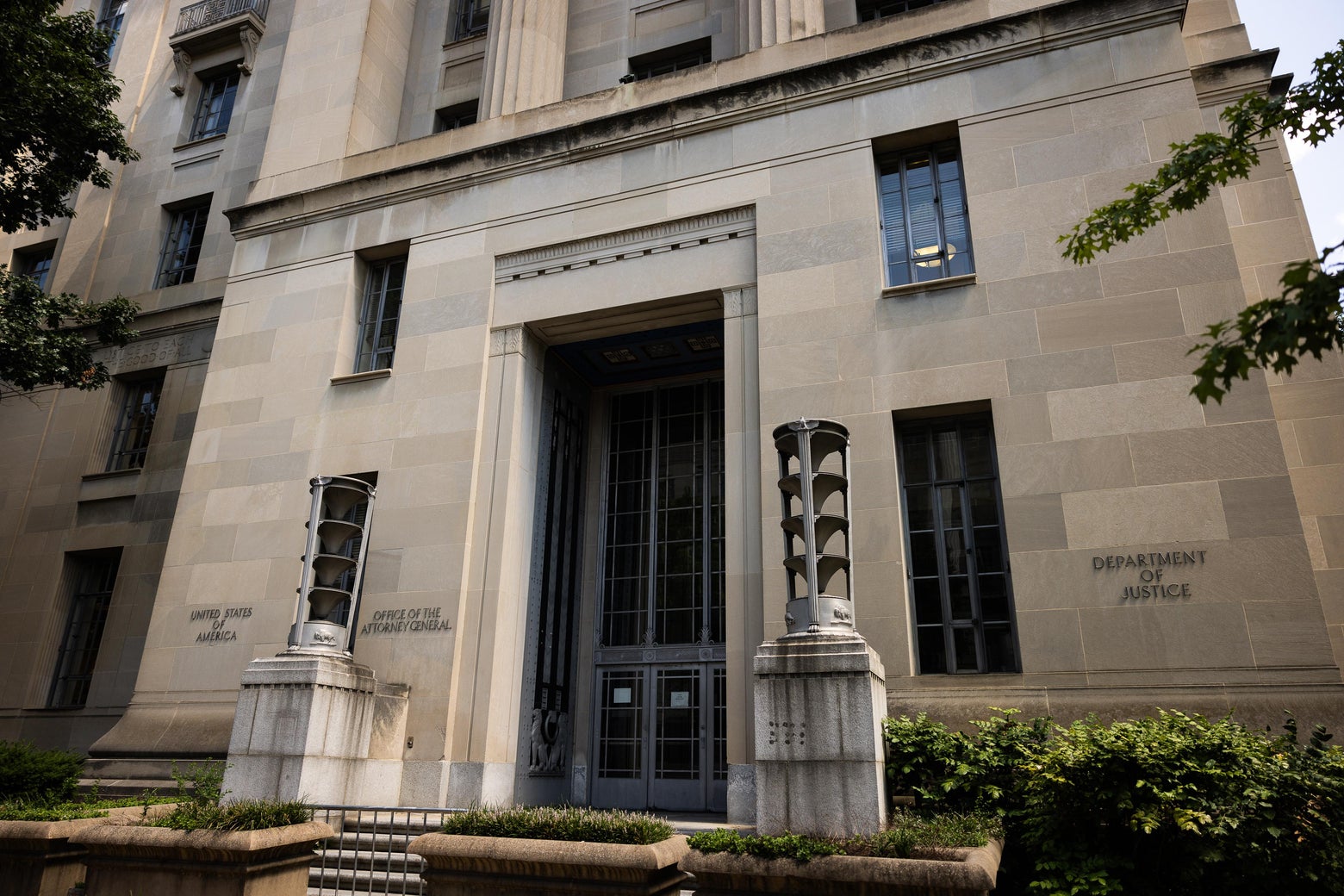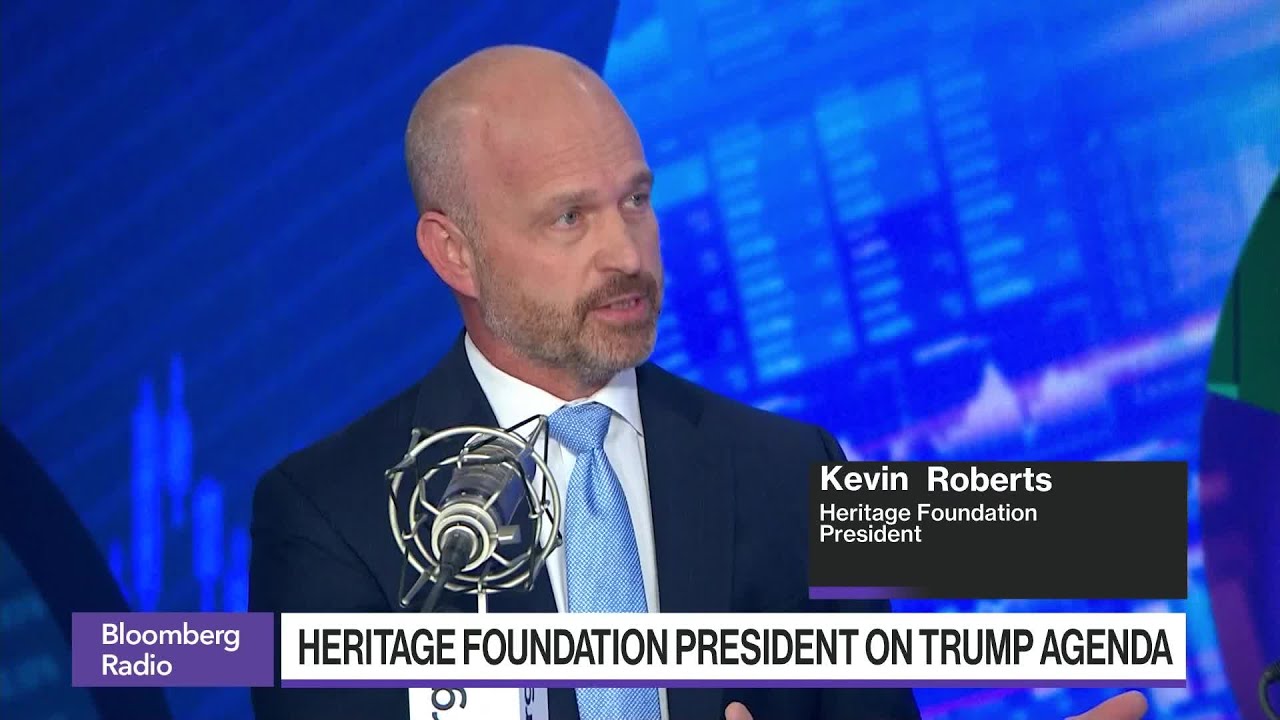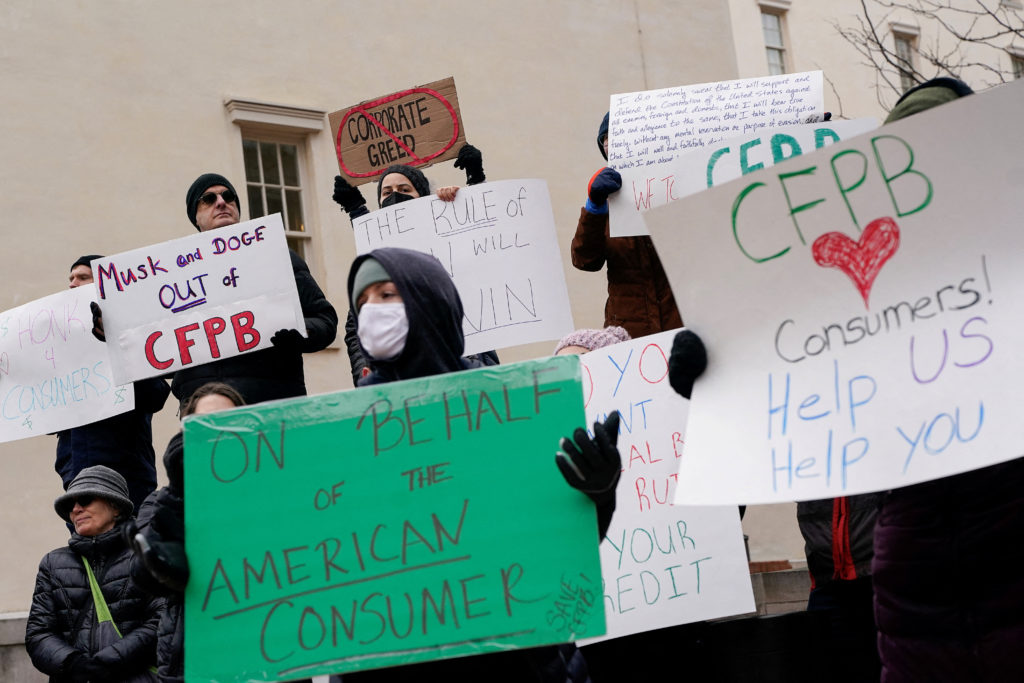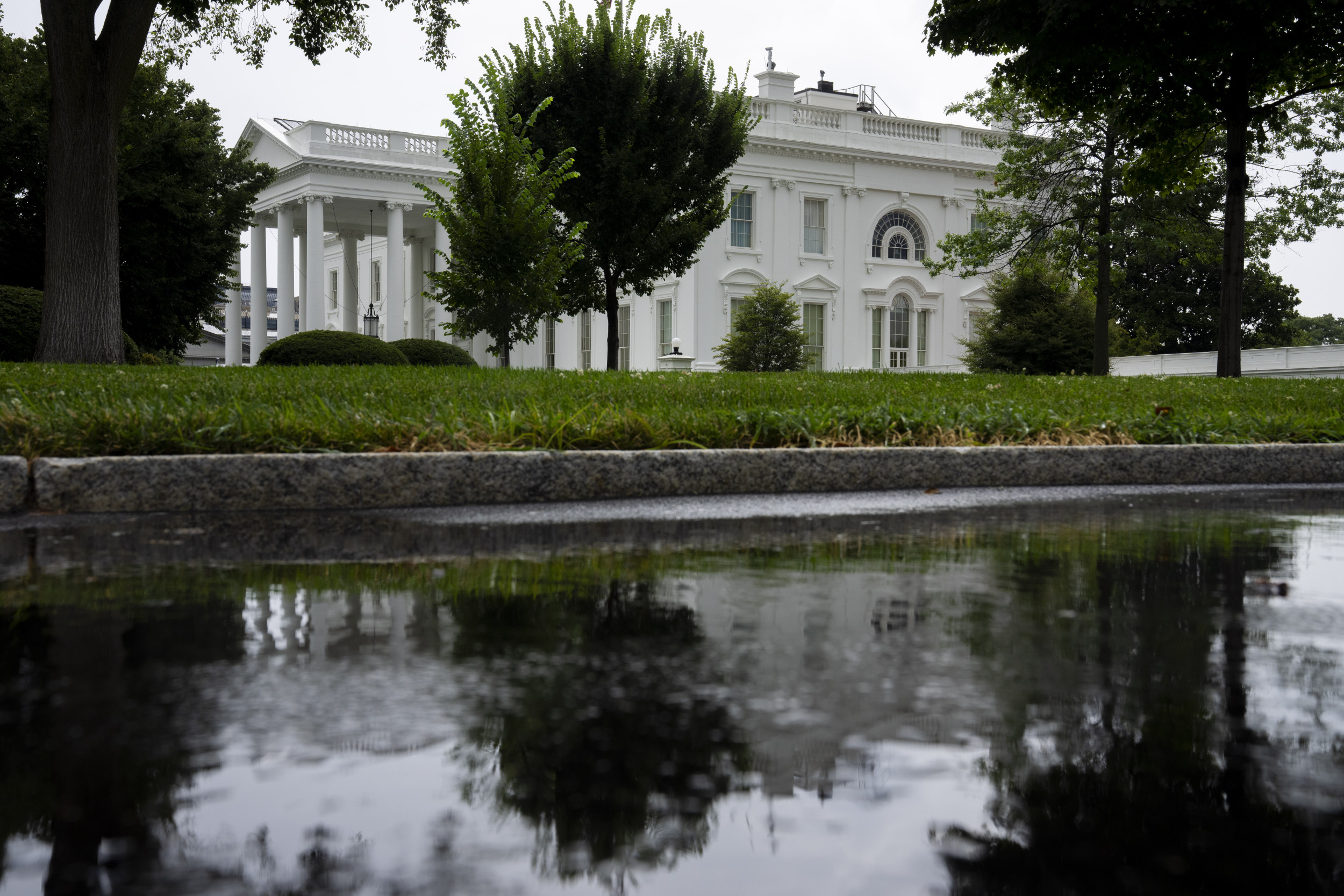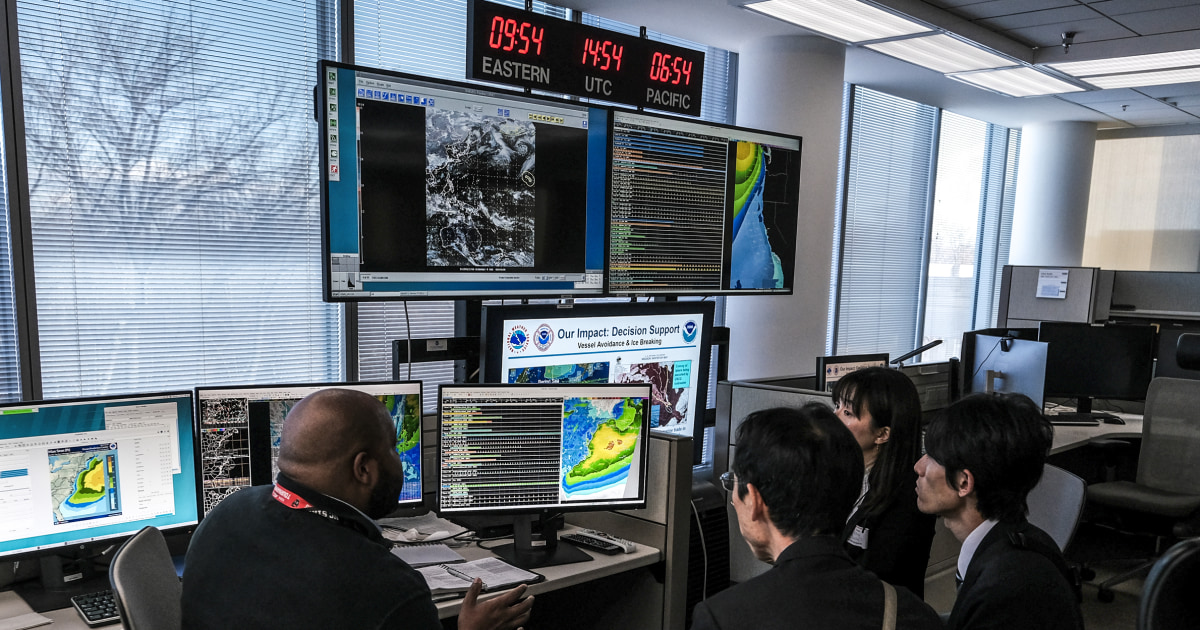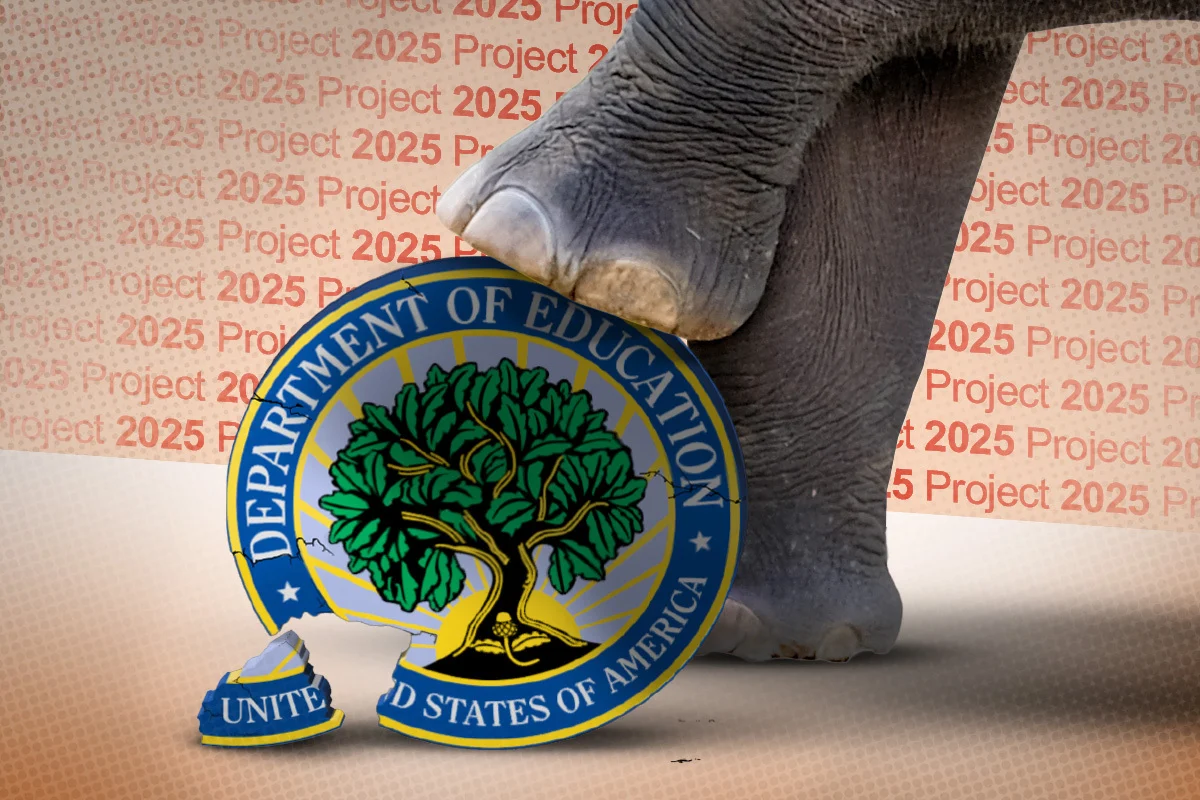Originally at slate.com
Sign up for the Slatest to get the most insightful analysis, criticism, and advice out there, delivered to your inbox daily.
In some ways, President Donald Trump’s DEI purge has been so indiscriminate you could be forgiven for thinking the entire federal government is being put through a mindless find-and-replace function. At the IRS, the Wall Street Journal reported, the employee handbook lost its sections about the “inequity” of holding taxpayer money and the “inclusion” of a taxpayer ID on a form. That isn’t the DEI you’re looking for.
Other layoffs, suspensions, and deleted datasets, though, bear the more deliberate marks of a Project 2025 plan in execution. Case in point: the elimination of environmental justice from across the federal government, after an ambitious effort from the Biden administration to make it standard practice to consider how communities that have suffered disproportionately from pollution are affected by governmental policy, and direct 40 percent of some government spending toward those places.
Since Jan. 20, plans to advance environmental justice have been taken offline at the White House, the Department of Homeland Security, the Department of the Interior, and elsewhere. At the Department of Transportation, for example, staff was ordered this week to dismantle any rules and regulations referring to environmental justice (also: climate change and “greenhouse gas” emissions, the latter in quotes). The Trump administration is also trying to freeze or claw back about $3 billion in grants created in the name of environmental and climate justice under the Inflation Reduction Act.
At the Department of Justice, the Office of Environmental Justice—a new hub created in 2022 to coordinate federal environmental enforcement—was eliminated and its website deleted. The five civil servants who made up the office have been placed on administrative leave; a contract employee was fired. As is typical in this new era of government HR by Elon Musk, there was no communication about those decisions.
“Our folks who stayed behind were ready to explain the value of the office, but nobody ever showed up,” said one senior official, who worked with the office during the Biden administration. “They shut it down from afar.”
It’s an example of how the anti-DEI worldview is reaching far beyond hiring practices, pronouns, and employee resource groups. Like DEI, environmental justice can be either a handy term that puts a new gloss on business as usual, or a substantive policy change. When Merrick Garland established the OEJ, he said: “Although violations of our environmental laws can happen anywhere, communities of color, indigenous communities, and low-income communities often bear the brunt of the harm caused by environmental crime, pollution, and climate change.”
The DOJ’s Environment and Natural Resources Division has always brought suits against companies and governments for pollution cases. The new Office of Environmental Justice provided outreach and expertise to help communities understand and shape federal enforcement, as well as support in setting up or strengthening environmental justice task forces in local law-enforcement agencies. During the water crisis in Jackson, Mississippi, for example, the OEJ worked with local groups to understand overlooked impacts (like the crisis for dialysis patients) and gathered evidence that could then be marshaled in court.
Several DOJ officials I spoke to agreed that Biden’s executive order did not change the types of cases the department brought. Instead, existing investigations got rebranded as environmental justice projects. As is sometimes the case with progressive priorities, a widespread linguistic change didn’t always mean much in practice: “The crimes happen where they happen,” one official said.
But in other instances, the Biden administration’s environmental justice focus did seem to shape federal enforcement actions. In 2019, the Chicago scrapyard General Iron announced that it planned to move from its longtime location on the city’s wealthy, mostly white North Side to a new location on the city’s low-income, mostly Black South Side. Both the city of Chicago and the state of Illinois wound up in hot water with the Biden administration for approving the move because of the effect the plant would have on Black residents in neighborhoods that already had high levels of pollution.
“Our EPA issues permits to pollute. The permits that are issued are based on risk-based standards, and they did not across the board consider the cumulative impact of multiple permits or multiple harms,” said Chandra Taylor-Sawyer, who leads the Environmental Justice Initiative at the Southern Environmental Law Center in Charlottesville, Virginia. Understanding that kind of context, environmental justice proponents argue, is essential to making environmental protection fair. In the Chicago case, HUD and the EPA argued, it was not the racial intent of the city or state officials that mattered, but the disparate impact on the city’s Black neighborhoods.
With environmental justice, as with other liberal policies that seek to redress prior wrongs, conservatives claim that there is an unwarranted and selective focus on race. In Project 2025, Trump 1.0–era Environmental Protection Agency chief of staff Mandy Gunasekara proposed eliminating that department’s new Office of Environmental Justice and External Civil Rights, arguing that the initiatives would need to be reconsidered after the Supreme Court’s ruling on racial preferences in college admissions.
Most lawyers do not believe that this ruling influences the government’s ability to regulate, say, pollution. Veterans of the Biden administration said cases were never brought on the basis of race. But it would have been easy to get confused: One of the former president’s executive orders made the association explicit, noting, “Racism is a fundamental driver of environmental injustice.”
The conservative view that the feds had gone out on a limb with their environmental justice program was endorsed by a district court in Louisiana last year. Following a lawsuit from residents who live on the Mississippi River corridor of petrochemical facilities known as “Cancer Alley,” the EPA started an investigation of Louisiana’s permitting process. Siding with the state, the Trump-appointed judge wrote that “pollution does not discriminate” and that “if a decision maker has to consider race, to decide [on enforcement] it has indeed participated in racism.”
It’s a familiar refrain from conservatives when it comes to public policy from DEI to voting rights: The real racism is talking about race in the first place.
Robert Bullard, often considered the father of the environmental justice movement, told Inside Climate News last week that it made no sense for environmental justice to be thrown out with DEI. “It’s not the same,” Bullard said. “The right to breathe clean air, drink clean water and to have our food safe to eat and have our kids play on playgrounds that are not contaminated … that’s not DEI.” The government begs to differ.
 Sign up for Slate’s evening newsletter.
Sign up for Slate’s evening newsletter. Read the Original Story
